Information Technology Reference
In-Depth Information
3 Hose Transport Application
Agroupof
n
agents attached at fixed points of a hose must move the hose
from an initial state to a goal configuration. The source of the hose is assumed
to be located in the
(0
,
0)
cell and robots are identified by an integer num-
[0
,n
−
1]
ber in range
, where the robot carrying the tip of the hose is labeled
as
and the rest labels are given according to the position on the hose as
shown in Figure 2. In this paper, simple line segments will be used to represent
thehoselinks.Let
P
i
=(
0
P
i
,P
i
)
denote the discrete coordinates position of
the
i
th
agent on the grid at any time during the simulation. The task consists
in reaching a target configuration of the robots
G
=
{
G
0
,G
1
, ..., G
n−
1
}
,with
G
i
,G
i
)
G
i
=(
, starting in the initial hose configuration
I
=
{
I
0
,I
1
, ..., I
n−
1
}
,
I
i
,I
i
)
. The hose between
i
th
and
i
th
robots is represented as
with
I
i
=(
+1
the line segment
P
i
−
P
i
+1
, and the hose as a whole has a maximum nominal
length of
L
hose
times the size of grid cells. All segments have a maximum length
L
L
hose
m
=
. Because each agent has a different goal:
P
i
→
G
i
, all rewards were
local.
Fig. 2.
Representation of the robots and the goal on the grid
3.1 Modules
Our experiments involved a variety of module combinations (including both ho-
mogeneous and heterogeneous agents) and the best results were achieved using
two goal-modules and three constraint-modules:
1.
Goal-1
: This module models the state as the combination of the distance
to the agent's own goal and the angle formed by the hose segment and the
goal. Training uses a global reward: whenever the agent reached the goal, a
positive reward was given, else a neutral value.
2.
Goal-2
: A simplification modeling the state as the distance to the goal.

































Search WWH ::

Custom Search